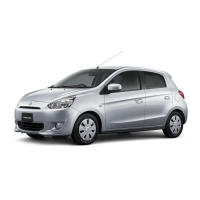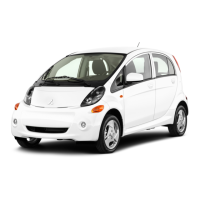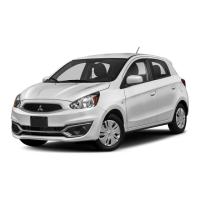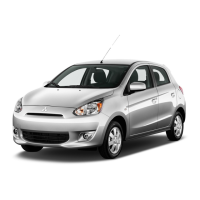Buying parts
Replacement parts are available from many sources, which generally
fall into one of two categories-authorized dealer parts departments and
independent retail auto parts stores. Our advice concerning these parts
is as follows:
Retailaofopartsstores: Good auto parts stores will stock frequently
needed components which wear out relatively fast, such as clutch compo-
nents, exhaust systems, brake parts, tune-up parts, etc. These stores of-
ten supply new or reconditioned parts on an exchange basis, which can
save a considerable amount of money. Discount auto parts stores are of-
ten very good places to buy materials and parts needed forgeneralvehicle
maintenance such as oil, grease, filters, spark plugs, belts, touch-up paint,
bulbs, etc. They also usually sell tools and general accessorles, have con-
venient hours, charge lower prices and can often be found not far from
home.
Authorized dealer parts department:
This is the best source for
parts which are unique to the vehicle and not generally available else-
where (such as major engine parts, transmission parts, trim pieces, etc.).
Warranty information:
If the vehicle is still covered under warranty,
be sure that any replacement parts purchased-regardless of the source
-do not invalidate the warranty!
To be sure of obtaining the correct parts, have engine and chassis
numbers available and, if possible, take the old parts along for positive
identification.
Maintenance techniques,
tools and working facilities
Maintenance techniques
There are a number of techniques involved in maintenance and repair
that will be referred to throughout this manual. Application of these tech-
niques will enable the home mechanic to be more efficient, better orga-
nized and capable of performing the various tasks properly, which will
ensure that the repair job is thorough and complete.
Fasteners
Fasteners are nuts, bolts, studs and screws used to hold two or more
parts together. There are a few things to keep in mind when working with
fasteners. Almost all of them use a locking device of some type, either a
lockwasher, locknut, locking tab or thread adhesive. All threaded fasten-
ers should be clean and straight, with undamaged threads and undam-
aged corners on the hex head where the wrench fits. Develop the habit
of replacing all damaged nuts and bolts with new ones. Special locknuts
with nylon or fiber inserts can only be used once. If they are removed, they
lose their locking ability and must be replaced with new ones.
Rusted nuts and bolts should be treated with a penetrating fluid to ease
removal and prevent breakage. Some mechanics use turpentine in a
spout-type oil can, which works quite well. After applying the rust pene-
trant, let it work for a few minutes before trying to loosen the nut or bolt.
Badly rusted fasteners may have to be chiseled or sawed off or removed
with a special nut breaker, available at tool stores.
If a bolt or stud breaks off in an assembly, it can be drilled and removed
with a special tool commonly available for this purpose. Most automotive
machine shops can perform this task, as well as other repair procedures,
such as the repair of threaded holes that have been stripped out.
Flat washers and lockwashers, when removed from an assembly,
should always be replaced exactly as removed. Replace any damaged
washerswith new ones. Never use a lockwasher on any soft metal surface
(such as aluminum), thin sheet metal or plastic.

